What Type of Metal Ductwork Is Best?
To prevent mould, fresh air should always be introduced into your dwelling daily, as it helps to regulate temperature and reduce condensation. But what about the ductwork itself? What type of metal ductwork is best?
In this blog, we will provide an answer as well as key guidance in understanding ductwork. It is vital to be aware of your ducting system, any compromise that affects the ducting can lead to the ducting growing mould.
If left unattended, mould can create serious health issues, and if ductwork grows mould, it can defeat the purpose of ventilation as well as jeopardise the health of the occupants of the building.
I-Sells is here to provide the answers you need whilst also supplying you with all the information you need to combat mould and have a well-ventilated home.
The function of the ducting system
The ducting system is a series of interconnected hollow tubes dedicated to the movement of air, ducting pipes can come in different sizes and as previously mentioned, in different shapes, each of which has its benefit.
Ducting is used to facilitate the process of ventilation, ducting systems may vary, but generally are made from plastic or metal & made into the piping which intakes air from the room it is in & expels it outside.
The main purpose of ventilation is to introduce outdoor air into a dwelling, building or room being evenly distributed. Its general purpose is to allow “healthy” air for breathing & diluting pollutants that may be present in the dwelling, building etc.
Ducting can be used to facilitate ventilation in homes, offices, industrial settings and much more, sometimes ducting is used to regulate temperature, and also transports harmful chemicals that shouldn’t be inhaled.
The basics of metal ductwork
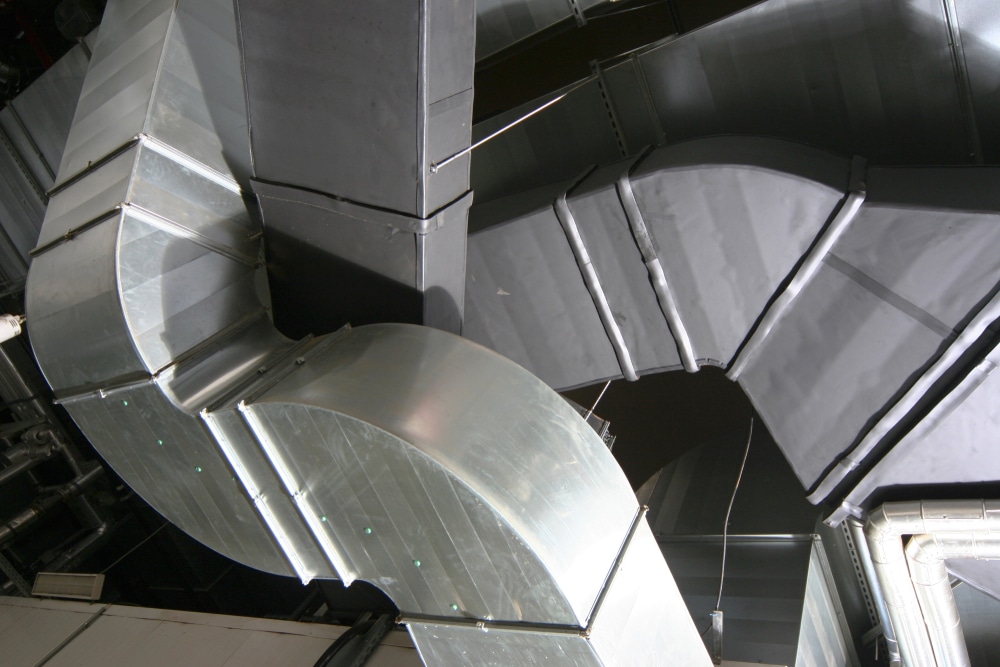
Metal ducting is ideal for ventilation systems that are set up in hotter environments, an example being a cooker hood. Metal ducting is also a popular choice for spaces and environments with air rich in certain compounds that could be hazardous or damaging to standard choices.
HVAC experts and engineers typically choose to rely on stainless steel for aggressive environments, where corrosion is highly likely, usually in industrial settings.
We provide round ductwork fittings and accessories in a large range of diameters to suit all purposes including HVAC systems and extractor fans. Our metal ductwork is manufactured from high-quality galvanised Aluminium.
The benefits of metal ducting are as follows:
- It can be used in rooms that have appliances that emit a lot of heat
- High-quality galvanised aluminium ensures long-lasting function
- Ideal for industrial environments
- Can be insulated.
Where can I buy metal ducting?
Alongside being a provider of mould solutions such as extractor fans and PIV systems, I-Sells also provide ducting for those looking to buy and install their ducting themselves.
We provide round ductwork fittings and accessories in a large range of diameters to suit all purposes including HVAC systems and extractor fans. Our metal ductwork is manufactured from high-quality galvanised Aluminium.
Are metal ducts better?
Metal ducting is better than plastic in certain situations. Some pros and cons can make metal ducts better.
Metal ducts are generally suited to industrial environments in which hot air, or air may contain chemicals that need to be ventilated. Metal ducting handles these situations with little to no problem. Metal ducting can also be used in homes in areas where heat would be emitted such as a cooker hood.
What type of metal ductwork is best?
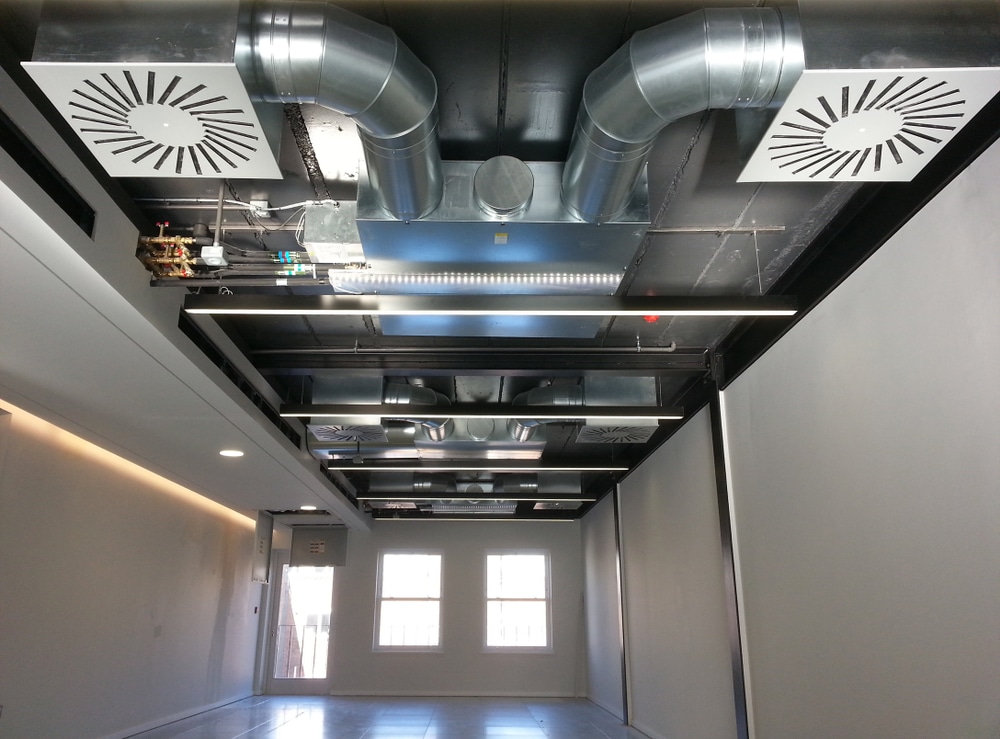
Metal ductwork can come in flat channel, and round ducting. Below is a brief explanation.
Round ducting:
Round ducting has the highest airflow performance, this is due to a wider diameter increasing its free area. The lack of corners also decreases resistance within the pipe, which allows for higher airflow rates and higher rates of ventilation.
It is recommended for most applications where space is available for installation. Its main purposes are for long ducting runs, whole-house ventilation systems, HVAC systems, bathroom, toilet and utility room extract fan venting, or any occasion where high rates of extraction are required.
Round PVC ducting pipe can be used for venting exhaust odours and steam from cooker hoods, although flexible ducting may be easier to install in many instances.
Flat channel duct
Square ducting (also known as flat channel ducting) is ideal when a low profile is required due to a lack of space. It can also be concealed and flush fit against ceilings and walls or within voids.
Please bear in mind that as a result of a lower free area, there is greater pressure created within a duct run. It is therefore essential that you check the manufacturer information for the fan you are planning to install within the run.
Be mindful of where you place your ducting to understand what kind of ducting you need, and where its access doors will be, which are vital to maintaining the effectiveness of your ventilation by cleaning the ducting buildup at regular intervals.
Which is ductwork better?
It’s difficult to give a definitive answer to this question as the effectiveness of these ducting styles will be subjective to your needs, along with the location the ducting will be placed alongside the space required, and the space itself. (e.g Is it a home or an industrial space?)
To help you choose as to which you feel will be better for your situation, we have provided a table for each duct highlighting their pros & cons.
Pros & Cons of Round Ducting
Pros: | Cons: |
High Airflow | Difficult to conceal |
Less friction | Poor results in low-pressure systems |
Lightweight | More expensive than flat ducting |
Corrosion-resistant |
|
Better for high-pressure systems |
|
Designed for HVAC systems |
|
Pros & Cons of Square (Flat Channel) Ducting
Pros | Cons |
Corrosion-resistant |
Creates more noise within duct run |
Lightweight |
Poor results within high-pressure systems |
Easy to flush fit and conceal | Increased air resistance |
Ideal for low-pressure applications |
|
Which ductwork resists mould?
Every piece of ductwork is created in such a way as to mitigate the collection of mould, however, due to the resilience of mould and its natural ability to grow on almost any surface, you will be hard-pressed to stop ducting from growing mould if it is next to a mouldy site, or in an environment that cultivates it.
Plastic ductwork
Our lightweight PVC-coated ductwork is manufactured from high-quality uPVC and is designed to create minimal air resistance, maximum airflow and minimal pressure loss. We provide plastic ducting lengths, connectors, bends, brackets, and accessories such as reducers, attenuators and other fittings.
Plastic ducting is ideal for accommodation/home settings, however, there may be situations where plastic ductwork is a better option than metal.
If you have questions about our ducting or if it would be appropriate for your project, please don’t hesitate to get in touch with us so we can direct you in the best possible way for all of your ducting needs.
Purchase your metal ducting today
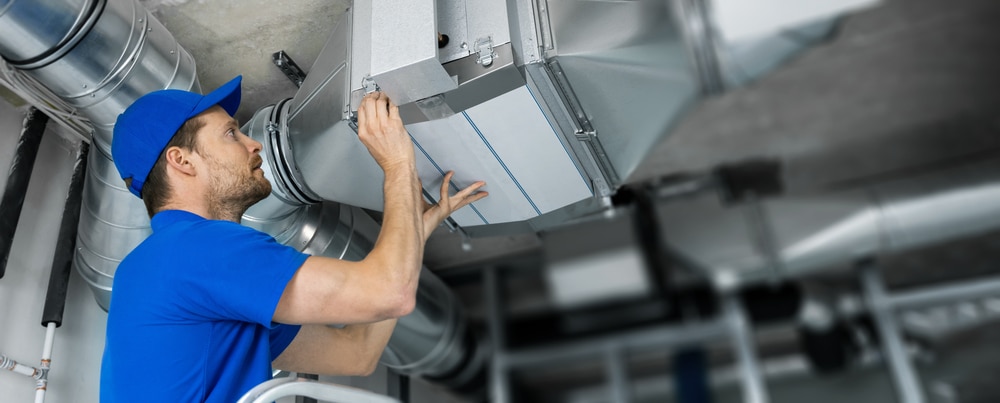
We at I-Sells endeavour to make sure our customers have all the information they need before choosing to invest in our mould solutions. Be sure to visit our blog page to gain knowledge on the wide array of factors and issues surrounding ventilation, mould, condensation, and much more.
We hope to have answered the question ‘What type of metal ductwork is best?’
We understand you may have more questions, Please do not hesitate to contact us for more information with regard to whatever you may need our help with. If you’d like to send us an email, click here. For other contact options, see below:
Call us on 020 8463 9696
Visit us at our showroom:
*OPENING TIMES*
Monday – Friday: 8:00 am to 5:30 pm
Saturday: 9:00 am to 12:00 pm
Sunday: Closed
15 St John’s Parade
Sidcup, Kent
DA14 6ES
United Kingdom

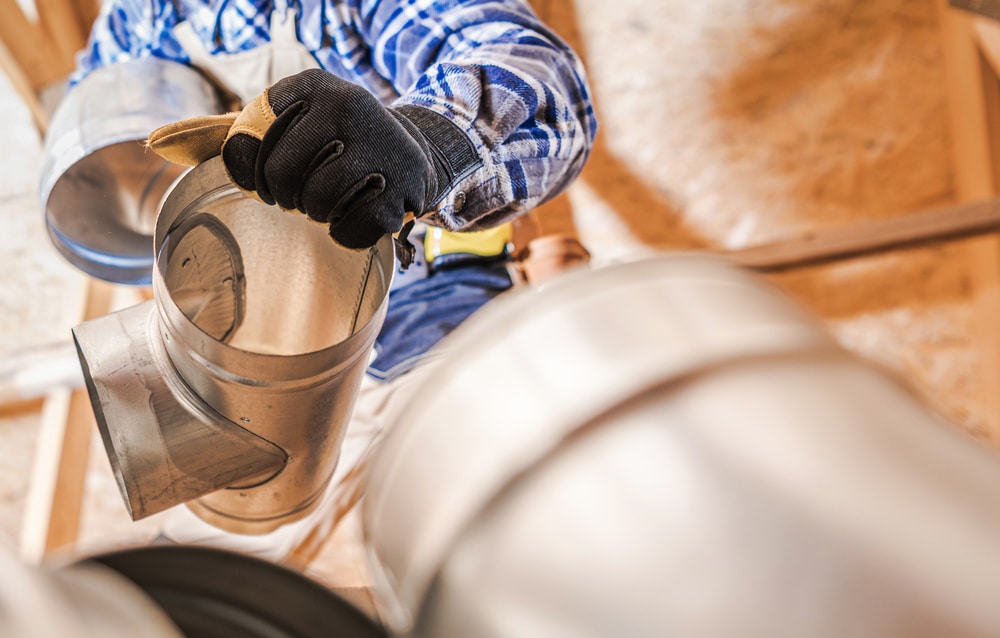

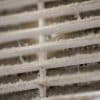
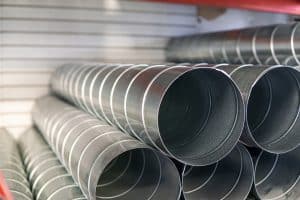
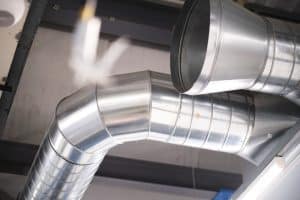





















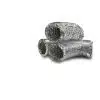

Add comment
You must be logged in to post a comment.